Hong Kong Film Lab Megatoni Production Shoots with the Diana F+ 120 Camera
6 Share TweetIn this era of the film renaissance, most film enthusiasts opt for the common 35mm format for their photography. However, film is not limited to the 35mm format alone. 120 format film has always been a popular choice for many due to its fine grain and clear imaging capabilities. Unfortunately, over time, the popularity of 120 film has waned, leading to its increasing rarity.
In our recent endeavor to save 120 film, we sent Megatoni Production, a local film developing shop in Hong Kong, a Diana F+ 120 film camera to capture some daily life snapshots with. In this interview, Tony of Megatoni shares his insights and experiences with the camera and 120 film in general, with the hope of bringing it back into the spotlight!
Hello Tony! Welcome to Lomography online magazine, please introduce yourself and Megatoni Production to our readers.
We are primarily a film developing and printing shop. We are delighted to be able to support Hong Kong's only two hanging film processors. We have also introduced modified accessories to customize the processors, allowing for bulk film development. We can process film ranging from small formats like 8mm to large formats like 8x10. Myself, along with the shop owner and a dedicated team of colleagues, work hard to keep the shop running. We hope that everyone in Hong Kong can have access to various types of film and contribute to the preservation of film developing culture.
How was your overall experience shooting with the Diana F+? How did it compare to the experience of shooting other more conventional medium format cameras?
I'm excited to have the opportunity to try out the Diana F+ 120 film camera. I haven't had the chance to use it before, only similar cameras, but they were mainly in the 135 format. The Diana F+ 120 film camera is larger in size compared to the 135 cameras, but it's actually more lightweight compared to other 120 cameras. Sometimes, when I go out with an SLR camera, it wouldn't be excessive to bring along the Diana F+ 120 film camera as a "compact camera" since it's lighter. If I only bring the Diana F+ 120 film camera, I don't even need to worry about the weight.
The Diana F+ 120 film camera has a more playful appearance compared to traditional cameras. When taking photos with the Diana F+ 120 film camera, it's easier for the camera to break the barrier between the photographer and the subject, especially in street photography.
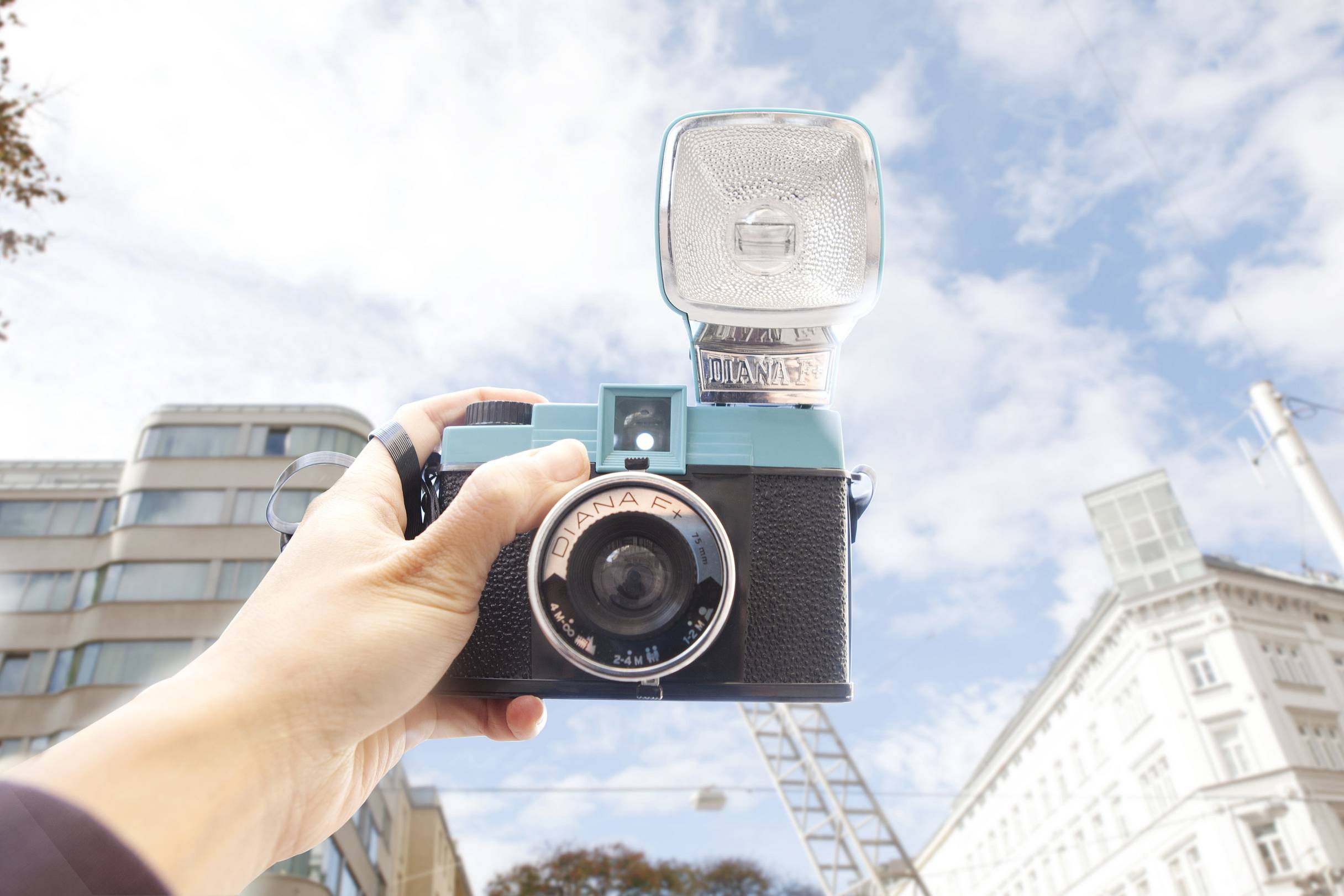
What did you decide to shoot with this roll and why?
Mainly, I documented my daily life and engaged in street photography. The shop owner captured photos of me and my cat, while I captured shots of the streets and landscapes. It was a very spontaneous process.
As for the LomoChrome Purple film, I use it to capture landscapes with grass and trees. In the past, I used to shoot with Kodak Aerochrome III color infrared film, but since it's been discontinued, it's difficult to reproduce that effect. Although LomoChrome Purple doesn't turn green leaves into red like Aerochrome, the overall effect is close.
Do you have a favorite feature of the Diana F+?
The multiple exposure function. For some mechanical cameras, you may need to hold down certain buttons while advancing the film, or for electronic cameras, you need to pre-set the number of exposures for multiple exposures. These relatively tedious pre-settings can easily discourage beginners. Sometimes, there may not be enough time for extensive settings and experimentation. With the Diana F+ 120 film camera, you can simply skip the step of advancing the film and just press the shutter to achieve multiple exposures. This operation is straightforward. If you want to have many exposures on the same frame, you can compose and take multiple shots. It aligns well with the phrase "Don't Think Just Shoot" written on the Lomo 120 backing paper (I wonder if everyone has noticed that).
What tips would you give others wanting to try the Diana F+?
I would suggest that beginners start by understanding some basic parameters that affect exposure, such as aperture, shutter speed, ISO, and other relevant information. Having knowledge of the basic exposure settings will be helpful when using the Diana F+.
Although the Diana F+ 120 film camera doesn't have many settings on the body, which may seem contradictory to the "Don't Think Just Shoot" concept mentioned earlier, you might wonder if knowing too much information will lead to overthinking.
In my interpretation, precisely because of the camera's limitations, it becomes even more important to equip ourselves with knowledge beforehand in order to achieve the "Don't Think Just Shoot" state at the moment of capturing the image. This will increase the chances of capturing successful photos. If we blindly shoot without understanding the fundamentals, the resulting images may not match our ideal expectations, leading to confusion and hindering our creative process with the Diana F+ 120 film camera. Having a basic knowledge foundation allows us to feel more comfortable and confident while using the camera.
Therefore, if we know what we want to capture and when we want to shoot, we can choose the appropriate film. For example, as someone who often goes out at night like me and the shop owner, using Lomography ISO 800 35mm color negative film is ideal. Due to its high sensitivity, combined with the Diana F+, we can use the B shutter mode for long exposures, increasing the chances of achieving proper exposure.
For capturing street scenes, you can place the Diana F+ on a railing and hold down the B shutter mode to reduce the risk of camera shake and increase the chances of successful shots.
Additionally, when the shop owner took photos of me on the street, we used the included flash unit to avoid underexposed or dark images. It's important to note that in low light or indoor environments, even if our eyes perceive it as sufficient light, it may not be enough for the film, so it's best to use a flash in such situations. Regarding the multiple exposure function, beginners should develop a habit of advancing the film after each shot to avoid accidental double exposures. If you intentionally want to create multiple exposures, you can refrain from advancing the film.
What are your hopes for the future of 120 film?
As a film developing and printing shop, I often interact with different customers and other professionals in the industry. The fact is, there are fewer people shooting 120 film. However, the most direct way to counter its decline is for everyone to shoot more 120 film. Film companies base their decisions on sales, so if the demand is low, they may reduce production or even discontinue certain films. This may sound cliché, but it is the most straightforward way to address the issue - buy and shoot more 120 film!
On a technical level, I hope that the quality of 120 backing paper remains consistently stable. Since 120 film has an additional layer of backing paper compared to 35mm film, it introduces another factor that can affect its quality. This has been a recurring problem faced by film manufacturers, including issues with backing paper transfer and exposure to fluorescent agents. Even if we store unexpired 120 film properly, its quality can deteriorate, leading to a loss of confidence in different manufacturers' 120 film offerings.
In recent years, I have noticed a decrease in problems when developing various 120 films, and there has been a noticeable improvement in the quality of the backing paper. This indicates that manufacturers are addressing this issue. Therefore, in the future, I believe that there doesn't need to be a wide variety of 120 film types. At the very least, the existing range should be maintained, especially for popular types like color reversal film.
By maintaining good quality and attracting more new users to shoot with 120 film, we can also help restore confidence among existing users. This is my expectation for the future of 120 films.
What do you like about 120 film format in general when compared to 35mm?
The 120 film format has a larger image size compared to 35mm film. When combined with the lens of the Diana F+, it allows for more detailed and clear imaging in the center of the frame. Additionally, by using different frame masks, you can shoot in 6x6 or 645 format, which offers different compositional styles for your images. It's important to note that when selecting either 6x6 or 645 format, you should choose the corresponding position on the red window of the camera back.
Furthermore, 120 film captures more details compared to 35mm film. With its larger format than 35mm and greater availability compared to other larger formats, if you pair it with a lens with a larger aperture, it becomes easier to achieve shallow depth of field and emphasize the subject.
Thank Megatoni Production for your thoughtful insights! Follow Megatoni Production on Instagram for more updates!
written by daioiyiu on 2024-03-08 #gear #culture #people #partners #medium-format #hong-kong #120-film #diana-f #lomography-color-negative-400 #lomochrome-purple



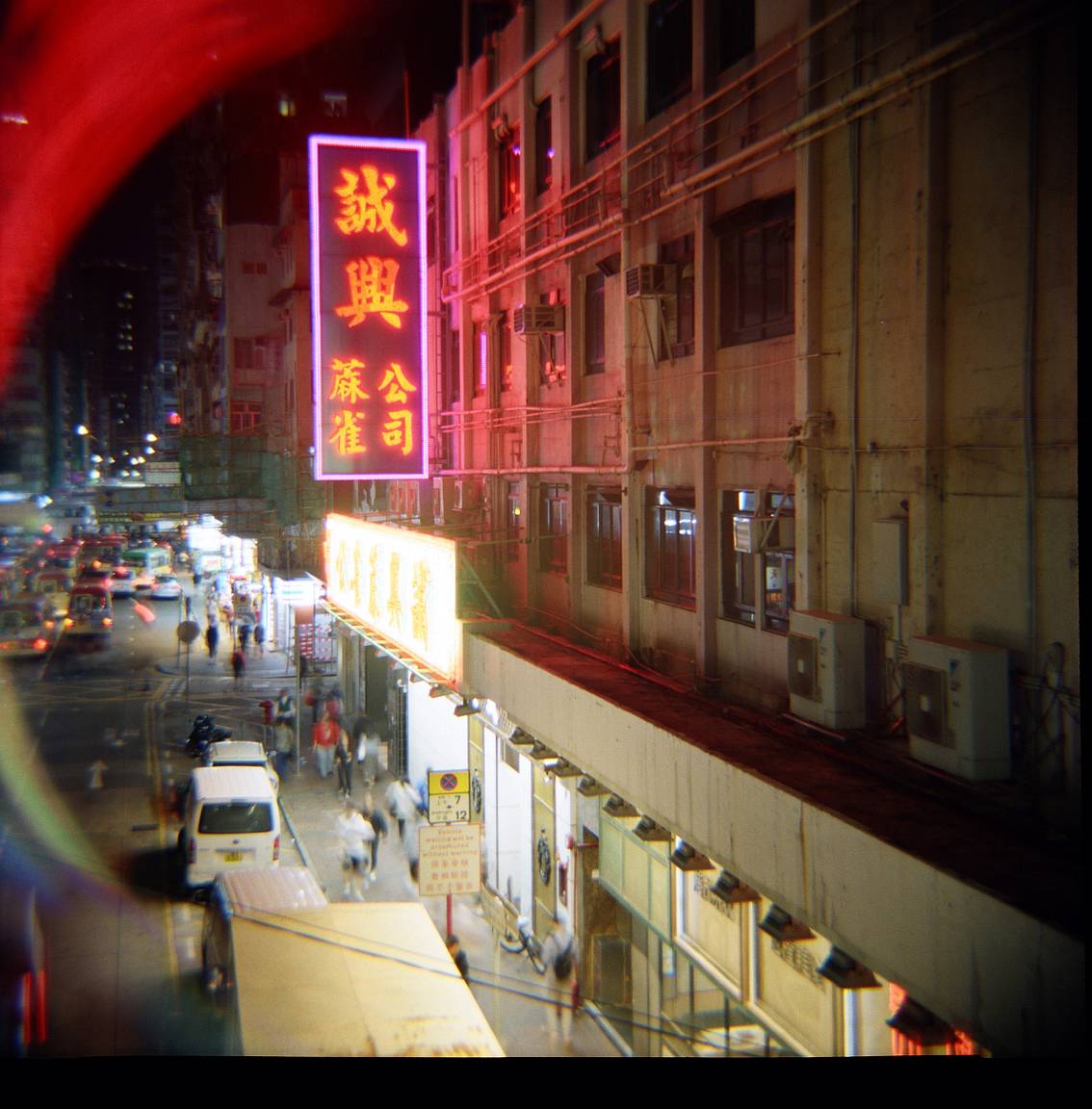
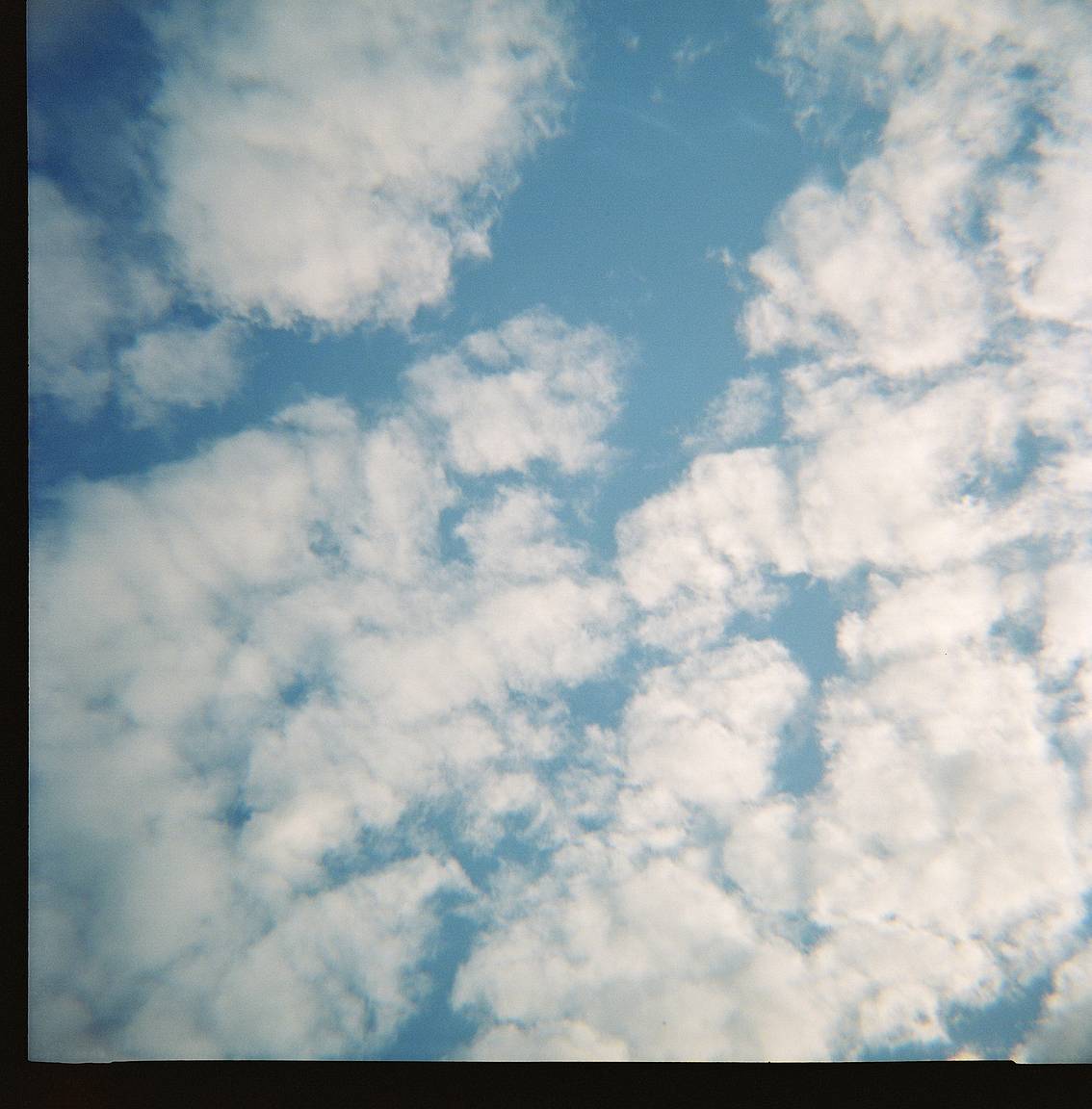

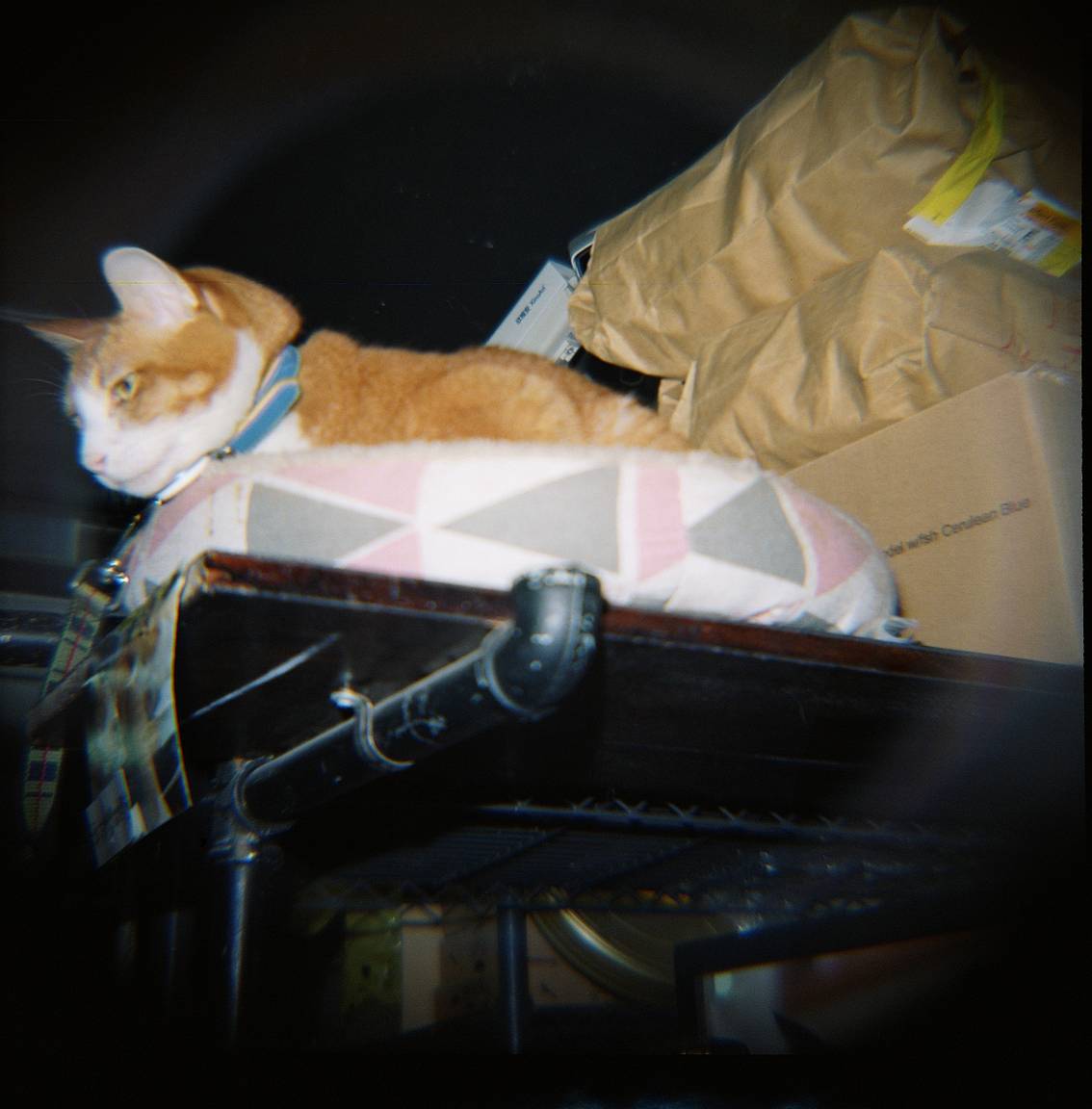

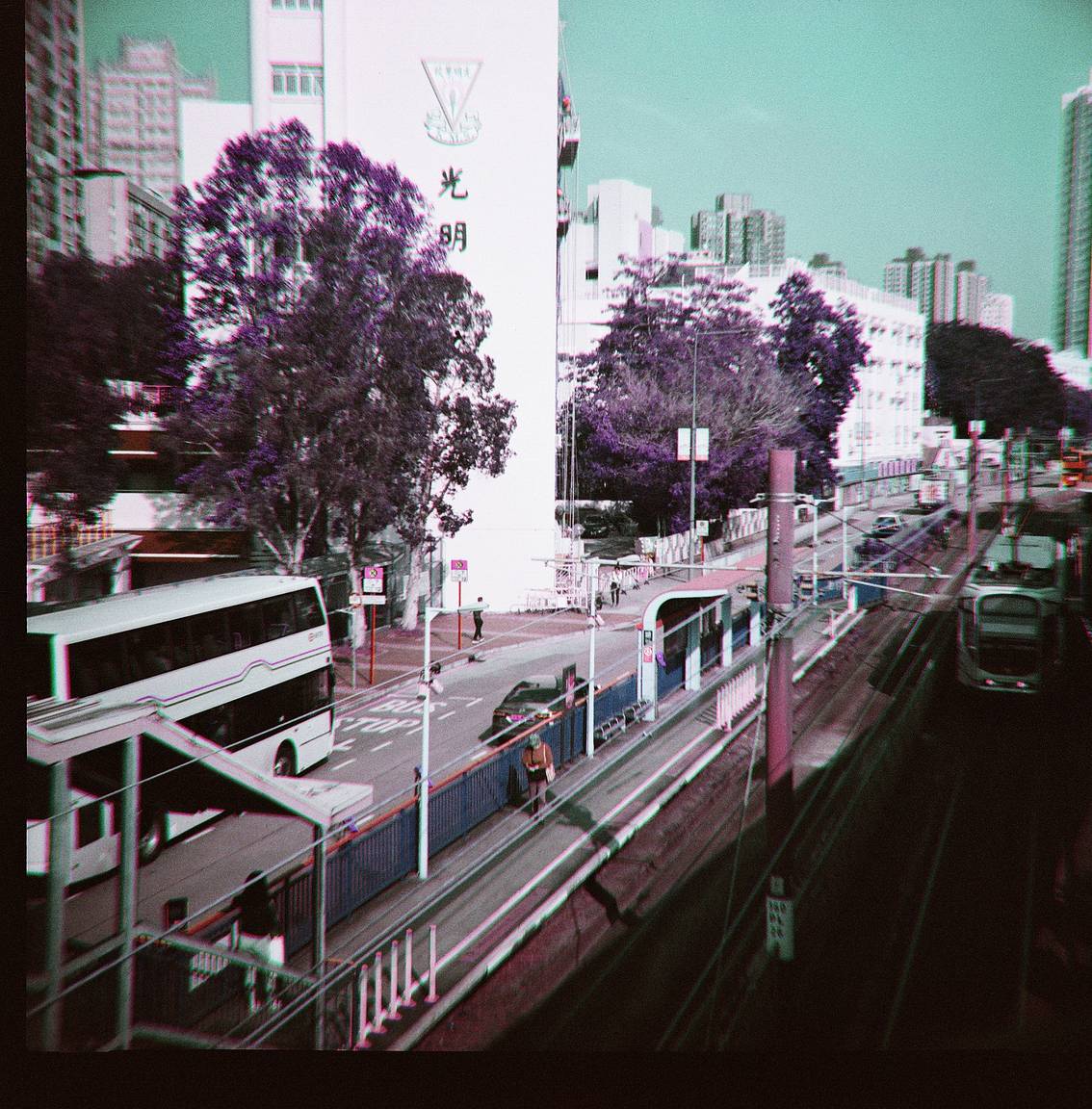



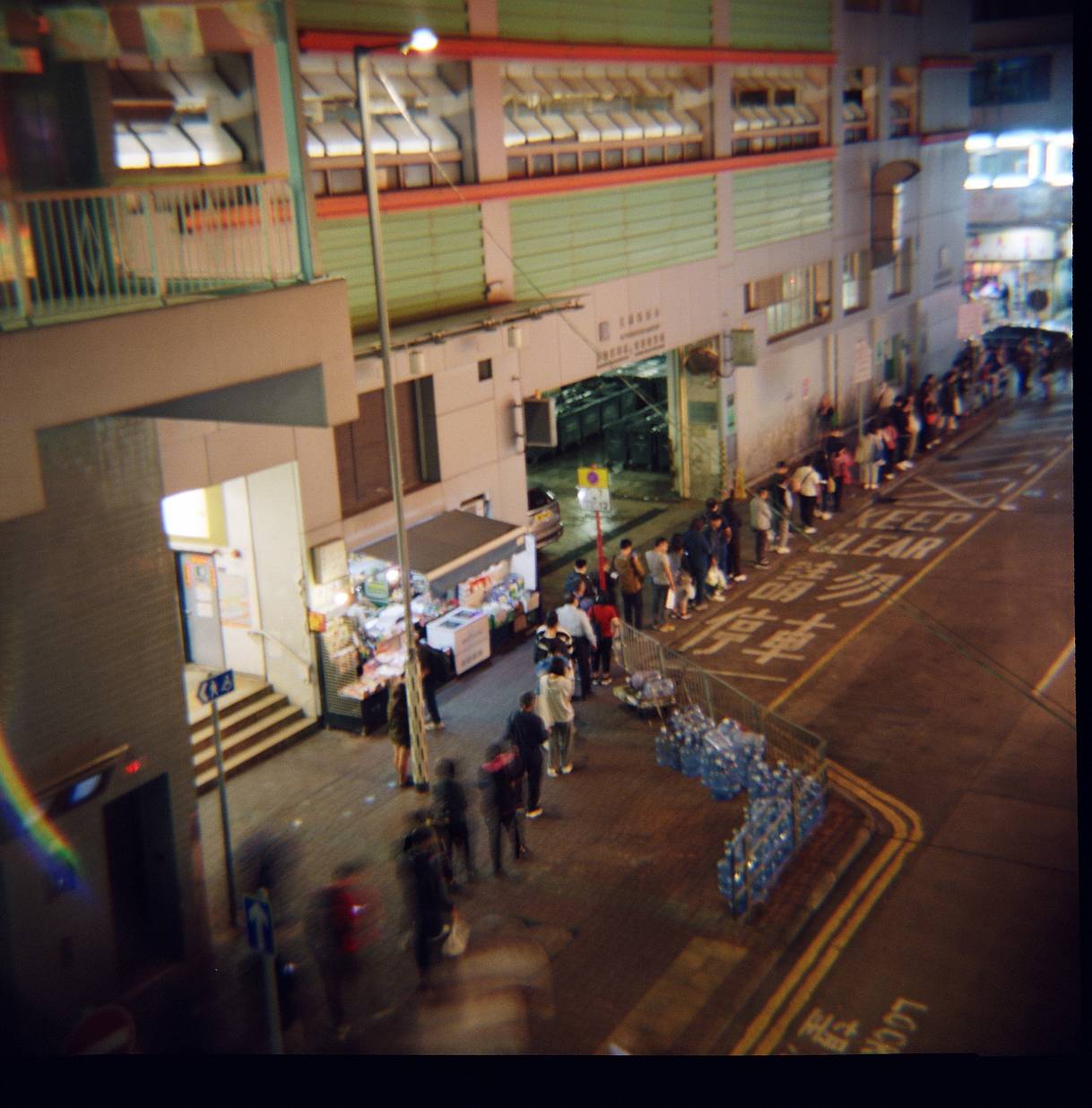







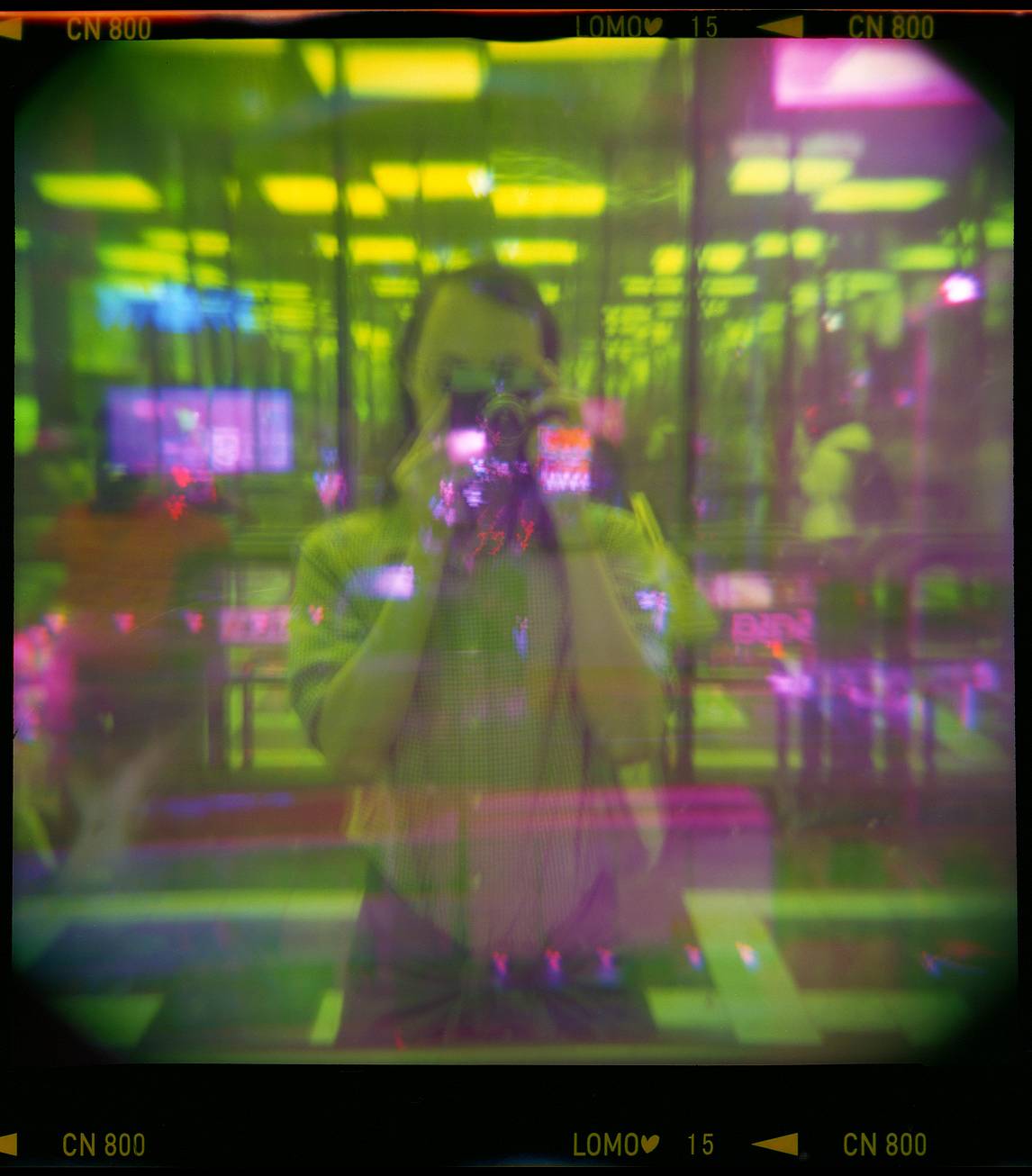




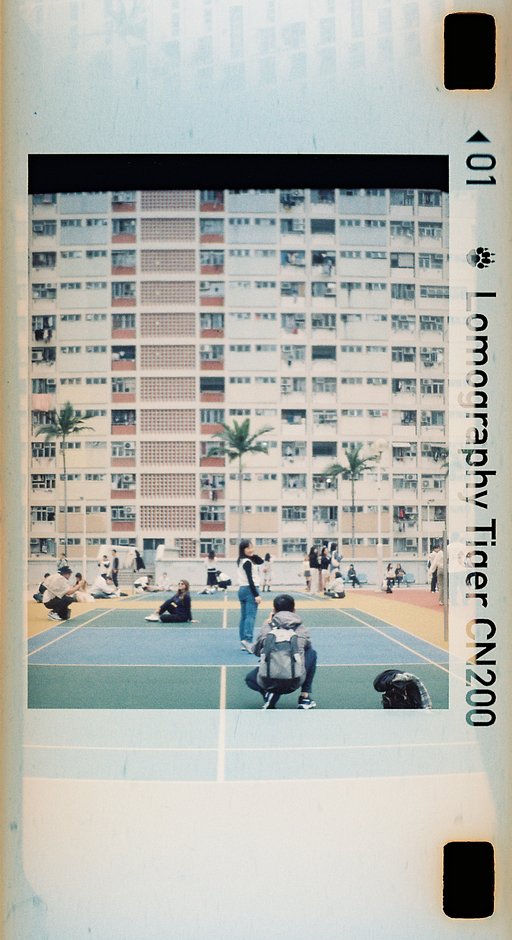













No Comments